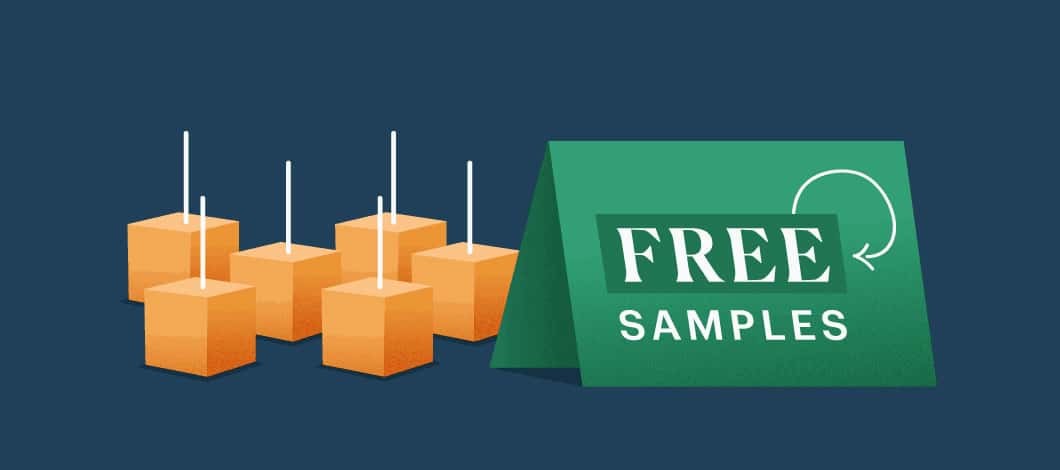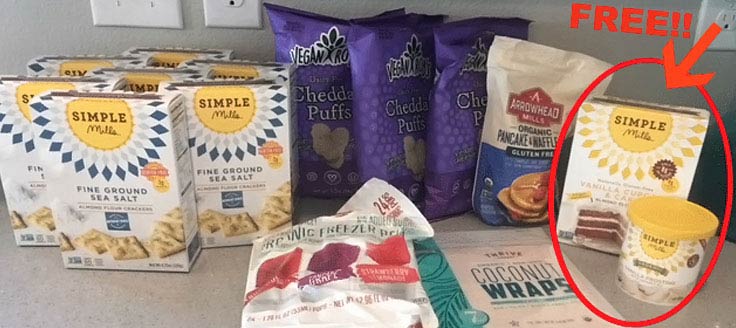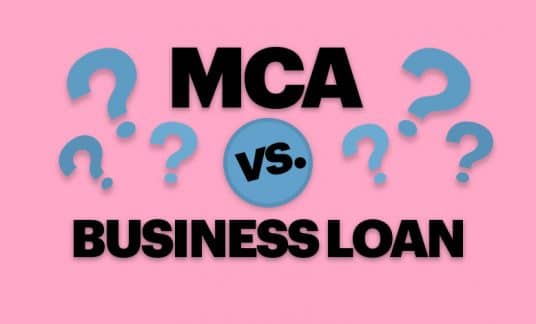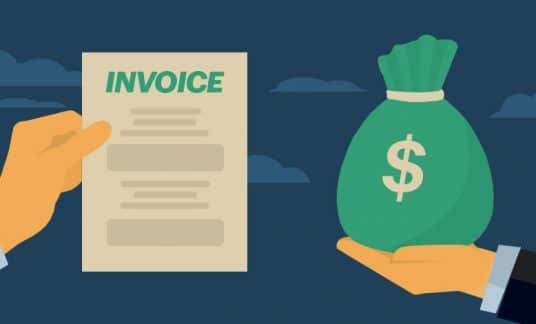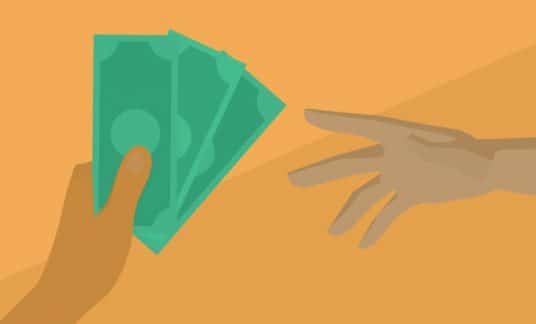For small retail businesses, generating buzz and driving sales is essential for sustainability and growth.
While offering a quality product or service is still the main driver in overall customer value, you’ll still need to ensure prospective customers engage with your brand to experience that value.
That’s where sales promotion ideas come into play. Sales promotion examples include the following:
- Discounts, coupons and rebates
- Buy one, get one (BOGO)
- Limited time offers
- Loss-leaders
- Loyalty programs
Let’s take a look at some of the most effective sales promotion ideas retailers can use.
What Is a Sales Promotion?
A sales promotion is an offer, event or other planned occurrence put on by a brand that provides value to the customer and spurs sales for the business.
Why do businesses use sales promotions? Brands use them to:
- Attract and engage new customers as well as maintain and enhance the engagement of current customers
- Provide value to the customer — on top of what’s provided by the company’s main product or service
- Increase sales for the company
Sales promotions are meant to create a win-win situation for both the customer and the company. An effective sales promotions campaign must result in an overall increase in value received by both parties to be worthwhile.
Why Should Sales Promotions Be Part of Your Marketing Strategy?
Today’s consumers like receiving discounts and other promotional offers — so much so that they expect to receive them. According to CouponFollow, more than 84% of millennials hunt for coupons and other offers during most of their shopping experiences.
Promotional offers can also convert a hesitant shopper into a buyer, according to Inc., citing a survey from RetailMeNot.
For your promotional campaigns to lead to positive outcomes, you need to approach them strategically — and with your customers’ needs and expectations in mind. A positive experience with your brand can increase customer loyalty and word-of-mouth recommendations to friends and family or favorable online reviews. You also should be certain the value you receive from your customers through these initiatives is worth the investment.
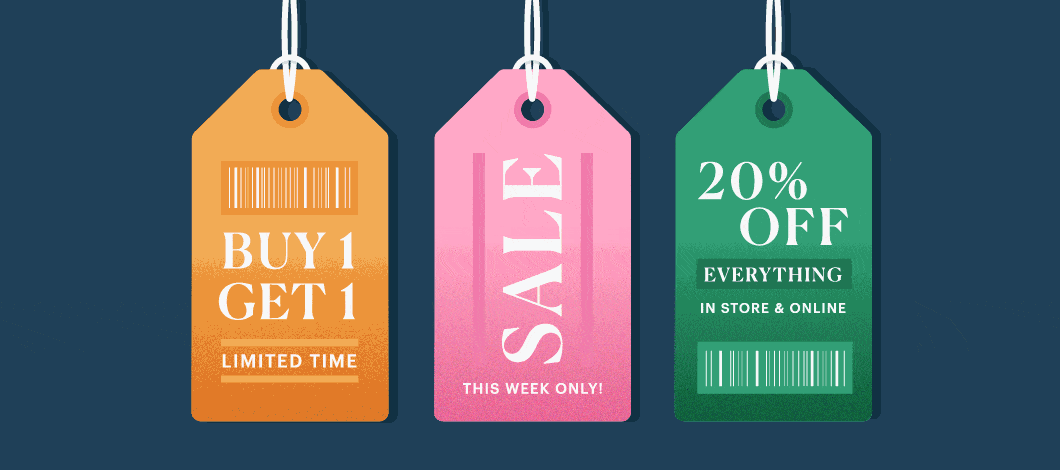
4 Effective Sales Promotions to Offer Your Retail Customers
While there are various approaches to offering promotions, some methods may be more or less effective in engaging your specific audience. It depends on several factors, such as:
- The type of products or services you offer
- Your customer persona(s)
- The expectations your customers have when engaging with your brand
With that in mind, let’s dig into 3 effective sales promotion ideas to drive sales for your small retail business.
1. Discounts, Coupons and Rebates
Discounts, coupons and rebates center on one thing — saving your customers money on their purchases from your company.
However, each differs in how they do so:
- A discount is a temporary reduction in the price of a given product that is provided to all customers or to patrons who meet specific criteria.
- Coupons are vouchers providing a discount or other promotional offer.
- Rebates offer discounts to customers after a purchase has been made. The customer will receive monetary compensation only after making a purchase and submitting the rebate offer to the retailer.
When offering discounts or rebates, there are 2 key things to keep in mind:
- Ensure the value of the offer is substantial enough to stir your customers to action. For example, a $5 discount on a $1,000 product probably won’t do much to convince your customers to convert.
- Don’t go overboard with your promotional activities to increase sales to the point that they cut into your bottom line. Running a discount ad for 75% off a product or entire purchase probably will generate a ton of additional sales, but it will destroy your profit margin.
Determine the optimal discount offer to provide your customers that raises the chances of converting and leads to an increase in your bottom line. This requires digging into data such as your costs, your sought-after profit levels and the average order value of your customers.
2. Samples, Freebies and Loss Leaders
Another sales promotion idea to drive engagement and increase sales is to offer free or low-cost products to your customers.
Offering free samples gives potential customers a quick taste of the value of your product or service with zero risks on their part.
Similarly, offering freebies provides another no-risk situation for your customers, but typically are a bit more personalized. For example, online grocery retailer Thrive Market often includes 1 or 2 free items with shipments that specifically align with the individual customer preferences.
Another sales promotion idea is to offer what is known as a loss leader — a product that’s typically sold for minimal profit (or, often, at a loss), with the goal of recouping lost profits through subsequent sales of related items.
For example, companies such as Gillette lose money on initial purchases of their razors, with the understanding that their customers will need to continually purchase replacement blades (known as the “bait and hook” business model). Not only are the blades sold at high margins, but they’re also guaranteed to be purchased regularly, leading to increased profits.
In each of these cases, customers come to understand the value of the product in question with no risk to their wallets. In turn, this minimal upfront loss allows the company to thrive well into the future.
3. Loyalty Programs
Several of the sales promotion ideas we’ve focused on are temporary or situational offers to entice your customers to take action. However, there’s something to be said about playing the long game; developing a loyalty program can allow you to do just that.
The goal of a loyalty program is to provide specific promotions, sales and deals to your top customers.
For example, Starbucks’ loyalty program allows regular customers to collect “stars” (points) that can be exchanged for free food or drink items as well as other products (such as mugs and thermoses).
Loyal Starbucks customers can collect stars both by making regular purchases and completing “challenges” that are tailored to individual experiences with the brand. For example, customers who semi-regularly purchase breakfast sandwiches along with a morning coffee may be tasked with buying a specific sandwich multiple days in a row.
On the customers’ side, they earn more stars for spending more cash—which allows them to earn more free offers over time. On the company’s side, this leads to more intensive engagement among the brand’s most loyal customers—which ultimately translates into higher revenues.



